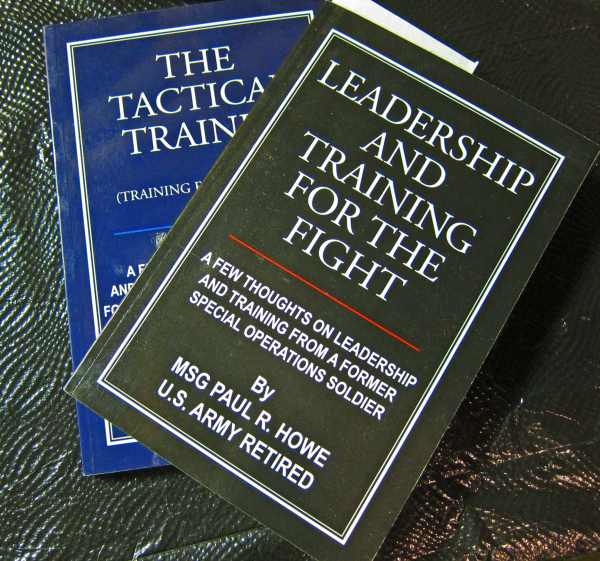
During the recent unpleasantness, I’ve taken time to go through ‘my stuff’ and try to get at least marginally organized. I came across a text -- Leadership and Training for the Fight: Using Special Operations Principles to Succeed in Law Enforcement, Business, and War by Paul R. Howe.
While on a media trip some years ago, I actually got to visit MSG Howe’s base of operations, his school – Combat Shooting And Tactics, or CSAT – in Texas. We were using his iron sight design – made by XS Sights – on AR-15s as well as some other gear and we got exposed to his teaching style. He was everything I’d come to expect from my time around Army NCOs (1968-1975) – in the good way. To say that MSG Howe is “squared away” is likely the understatement of the decade.
Around half of his military service was spent in Special Operations and he’s been teaching in his post-Army career for at least as long as he was in the Army. A combat veteran – if you’ve heard of Blackhawk Down, you have some idea – he was not only a door-kicker, but a team leader and a trainer.
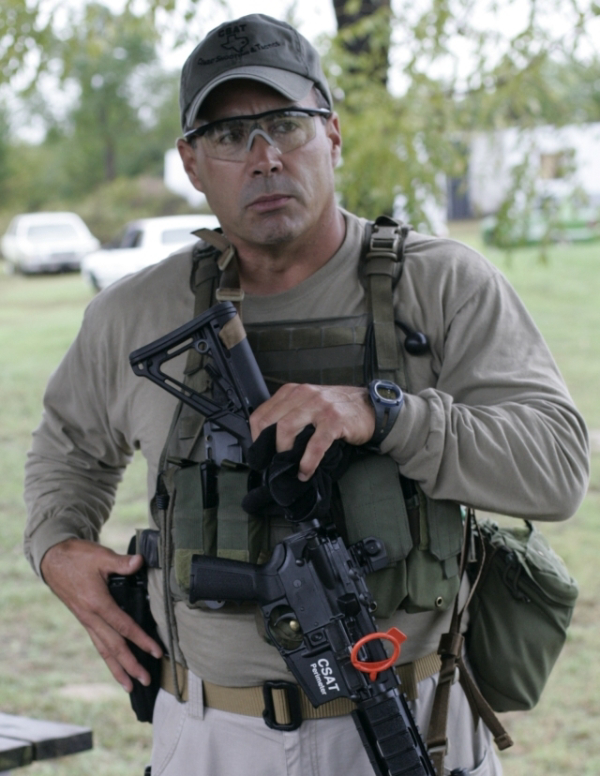
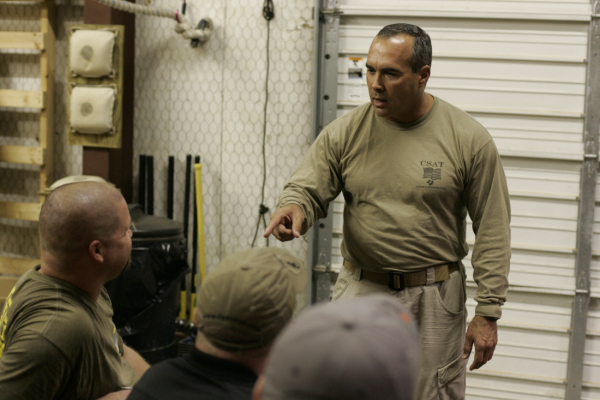
His book is meant to be helpful to warriors, but has some lessons for organizing, preparing, thinking and working through life generally. Chapters include an examination of Boyd’s Loop, Combat Mindset, Individual Leadership, Leader Selection, Team and Organizational Leadership, and more.
Each chapter begins with a sub-head chapter synopsis and a story. From the story, he draws after-action comments then proceeds to deal with each of those issues raised in the AAR through the chapter, ending with “key points.” In this way, he “shows his work” in the analysis of the problem and how those in charge demonstrated leadership – or did not. From those lessons, good and bad, he makes recommendations for proceeding: what do you keep, what do you discard, change or train through.
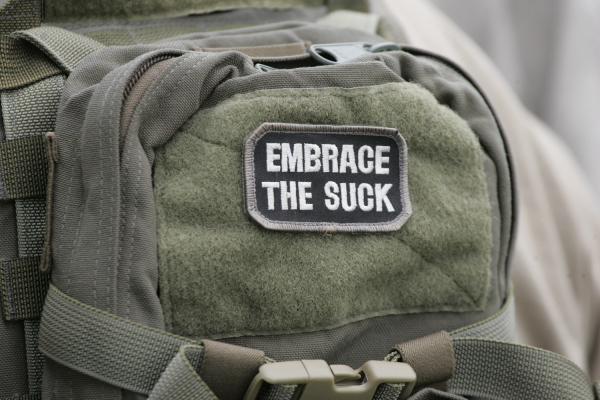
He doesn’t write to cast aspersions on those non-hackers but uses the experience as object lessons. Don’t obsess over how bad a commander was but how you can ensure those mistakes aren’t made again. Chapters on Mindset and Training for the Fight are worth the cost of the book. The rest is dessert.
He has a book on shooting that’s coming up, but don’t wait. Grab Leadership and Training for the Fight. It’s highly recommended.
-- A carry method --
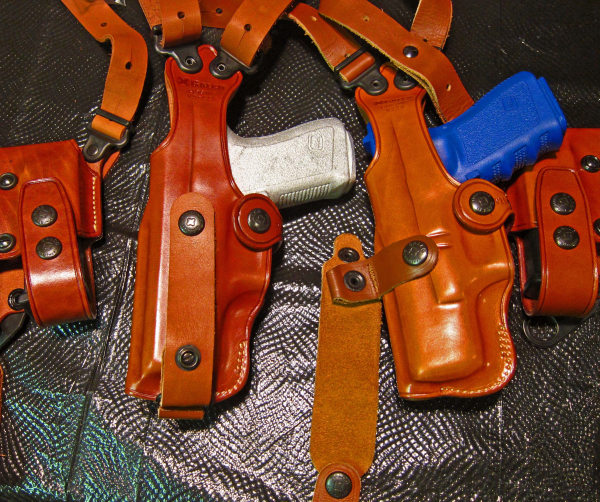
A short few months ago, we’d received a release from Galco about a new rendition of their Vertical Holster System – the VHS 3.0. I had the previous version and had used it on long driving trips and, occasionally, even closer to home.
As old age has swept over, the typical aches have come and gone. Sometimes a belt holster isn’t the best choice. On the road, the gun and spare mags are out of the way while being on-person; far better than off-body carry. When I arrive at my lodgings, I have only to check in, lock up and slip the harness off – no gun handling in hotel rooms. When I’m ready to light out, I pack, slip the harness on and get on the road.
Likewise, a shoulder system can make sense on a hanger in the master bedroom. When the ‘bump in the night’ arrives, slip on gun, ammo and all as you’re on speaker phone to 911.
So what’s the deal with the VHS 3.0? You still have a steerhide rig with a vertical holster and dual spare magazine carrier (or double dump pouch for revolver versions). The rig as sold is good for us and even for southpaws like Jeff Quinn, as its bilateral. One size fits both left- and right handed types. There are optional accessories (like a cuff case for peace officers.)

Now harness screws are replaced with a key-hole harness fastener attachment. In addition, the tie-down system is no longer an ‘after-thought.’ The key-hole fastener system prevents loss of one or both of the “Chicago screw” elements – you know how screws can sometimes back out and get lost. It’s also quick to adjust the rig if you follow the (superbly drafted) instructions.
The spider harness with the Flexalon swivel back plate is still the key to the system. The straps are contoured, hitting the line between comfort and concealability. The tie-down system is now a close part of the rig, not an addition. It allows the holster component to fit a lot closer to the belt.
It’s a modular system, not my ‘everyday’ but a handy alternative and one well worth looking into.
- - Rich Grassi